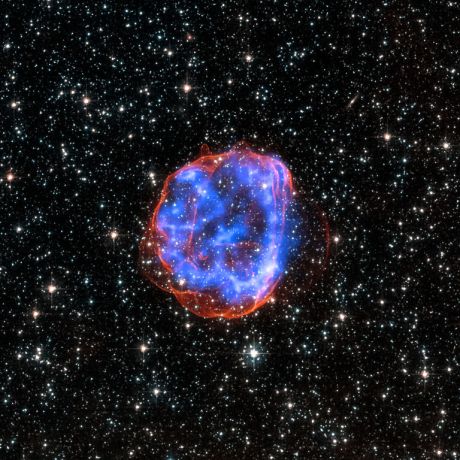To date, information on what is happening in space has largely come through space-faring countries, like the United States. However, there is a wealth of expertise and assets in Europe to monitor and survey space objects.
A coordinated approach to increasing space situational awareness (SSA) / space surveillance and tracking (SST) based on research carried out and infrastructure available in Europe would increase its capabilities in this area. This was the aim of the EU-funded project
STEP (Support to the development of a European SSA capability).
Coordinated by the European Union Satellite Centre (SatCen), STEP has promoted a common understanding of technical challenges to SSA/SST. SSA underpins all operations in space, ensuring that satellites in orbit do not interfere with each other, avoiding collisions and tracking space debris.
In particular, STEP focused on delivery rules for SSA/SST services, including conjunction warnings and space object fragmentation. By organising three themed workshops, it has provided a forum for discussion between organisations and agencies contributing SSA/SST infrastructure elements, decision makers and end users.
Through coordinated information exchanges, the characteristics of the end-user communities (ranging from governmental entities to the general public) were identified. In addition, the different nature and needs of involved communities have been analysed.
Two sample interfaces to SST services for the re-entry prediction and conjunction warnings were developed for this purpose. These helped to gather information about end-users' needs as well as to define functional capabilities for future SST services.
The STEP project has gathered valuable input to facilitate the setup of an SSA/SST capability and complementary elements of an SSA policy considering international space law. An autonomous SSA will enable Europe to properly manage its space assets while strengthening the competitive edge of European industry. Two promotional
videos made in the frame of STEP are available on the SatCen website.

